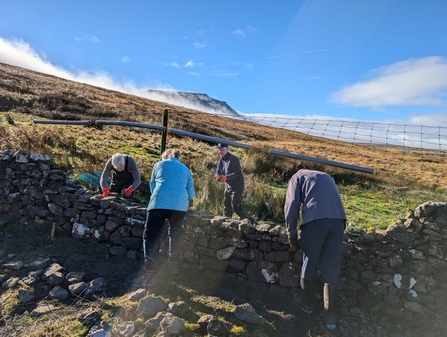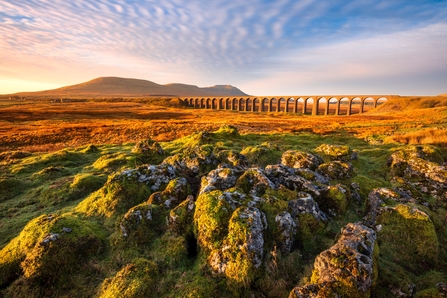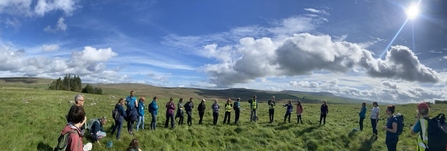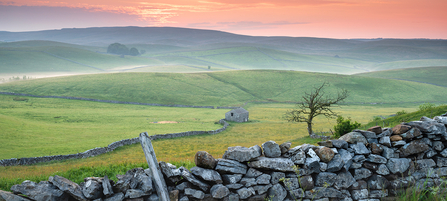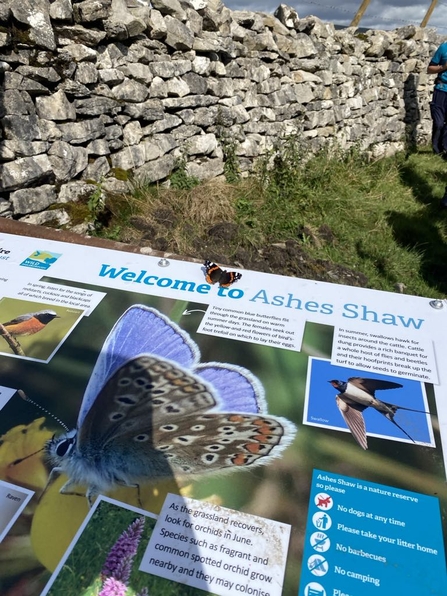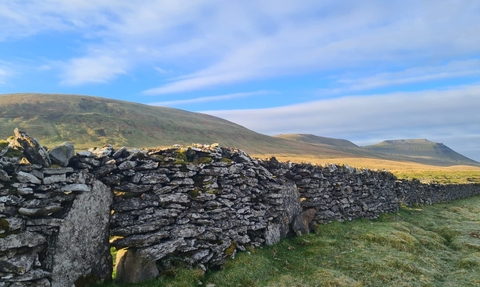Launched in June 2021, Wild Ingleborough is an ambitious, landscape-scale project working with the community to bring about nature’s recovery in an iconic area in the heart of the Yorkshire Dales National Park, around Ingleborough – the second highest peak in the Dales.
This wide open and rugged landscape has seen drastic changes throughout history, from the glaciers of the Ice Age to the building of Ribblehead viaduct and beyond to the present day.
Humanity has certainly made its mark in this seemingly wild landscape. Farming has been present here for a considerable time, with farms being built to being left derelict as farming practices and markets have evolved with the times. Still to this day many of them still exist and continue their management of their land for food production, keeping upland farming traditions alive.
Other modern influences are also seen in the landscape here. Though many dry-stone walls are of a considerable age around Ingleborough, the introduction of the Enclosures Act led to many more being built up and down the hills and fields forming our modern boundaries and keeping them up is a craft that many people take pride in.


